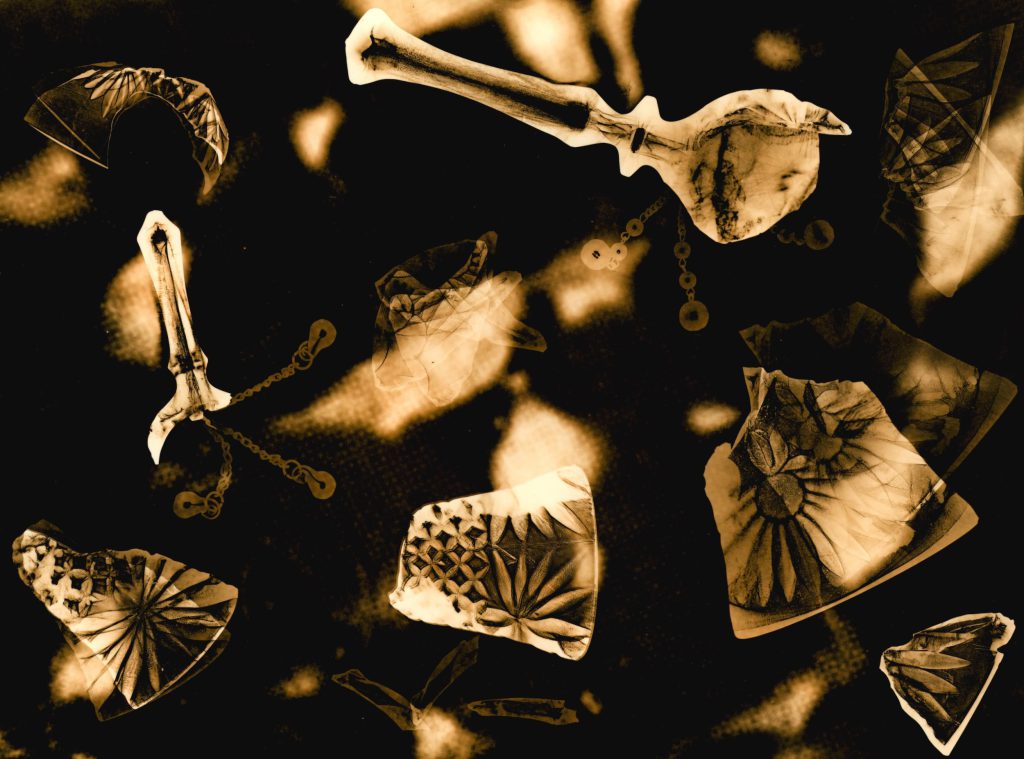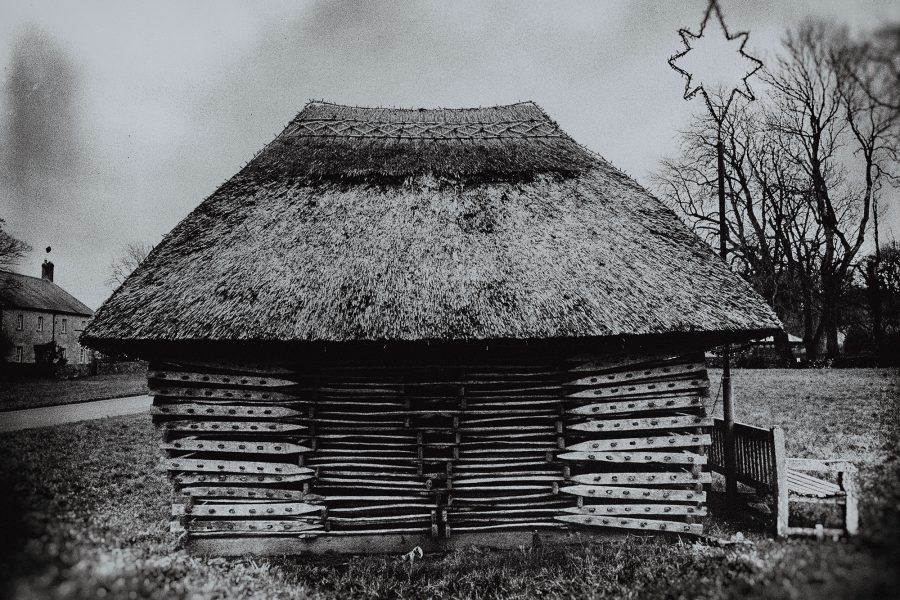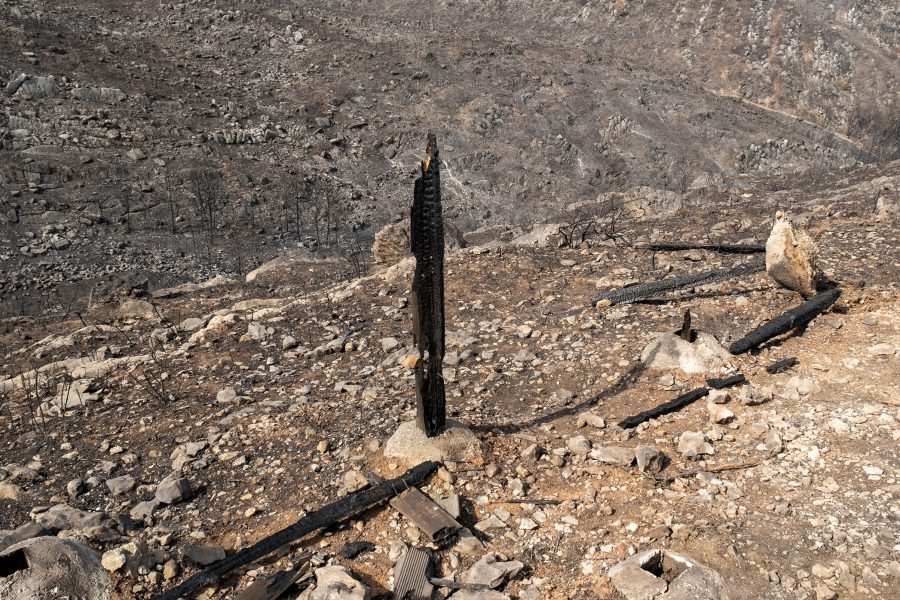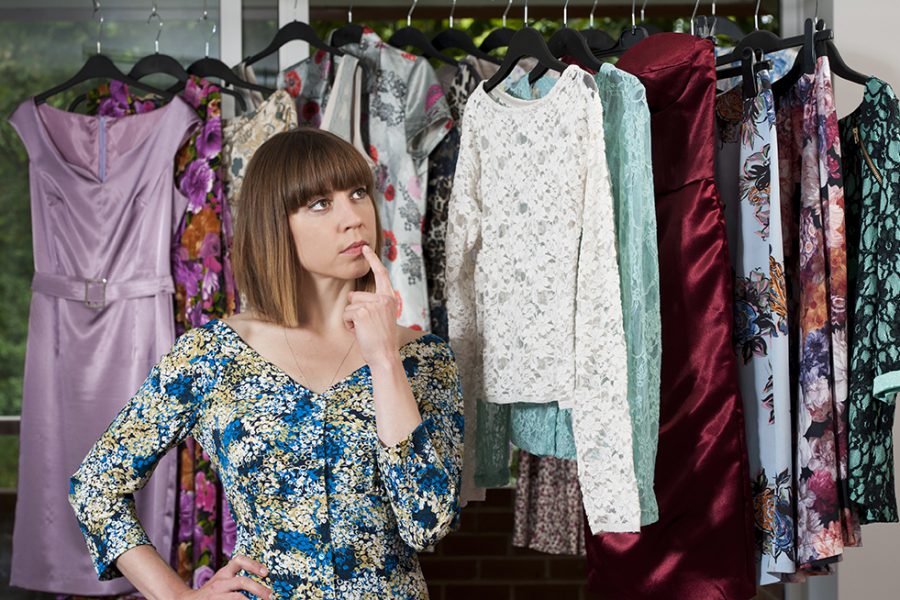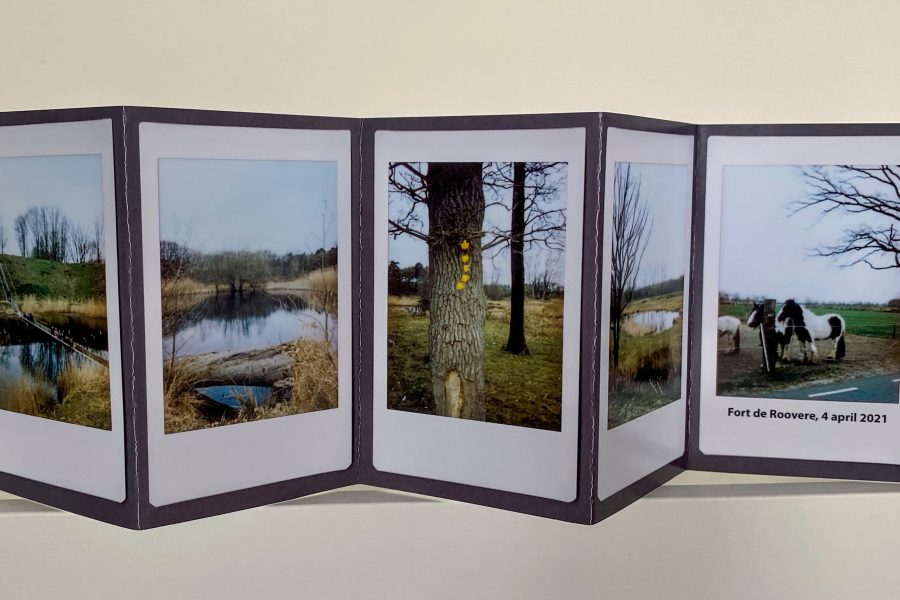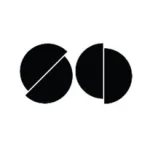Shutter Hub member Jo Stapleton is a Hertfordshire based alternative process film and darkroom photographer. Her photographic practice focuses on constructed realities using models, found objects and photo collage to construct and capture photographic moments or stories. She is a RPS 100 photographic heroines nominee and recipient of the 2020 analogue photography grant from the Richard and Siobhan Coward Photography Foundation. She joined the Shutter Hub community in 2018 and has featured in, amongst others, Shutter Hub exhibitions OPEN 20/21, Time To Think (2020), Everyday Delight (2019) and has been published in Shutter Hub Editions publications YEARBOOK 2021 and POETRY.
‘Foreign bodies’ started life in Autumn 2021 as a between projects darkroom experiment to explore the quality and potential of photograms using the Lith printing process. Inspired by Cornelia Parker’s Polymer Gravure etchings of items of glass wear belonging to Fox Talbot, I visited local charity shops in search of glass objects to transform into my own domestic artefacts and began producing simple Lith print photograms.
Many of the objects I was drawn to including perfume atomisers, bells and a dressing table tray are made of cut glass, highly decorative and whilst at some level functional, indicative of female domesticity. I discovered that long slow exposures using tired or ‘old brown’ Lith chemicals produced the most effective and tonally interesting results.
I was also struck by how the process transformed the objects – producing a glow or visual echo around edges and details within the glass. In the context of life in pandemic times and ideas of the decorative as a cultural expression of femininity, this prompted me to think of the objects in these early prints as somehow floating in fluid, biological and cellular in nature. In response I wanted to more specifically explore ideas around how the body absorbs and processes ‘foreign bodies’ both as physical objects and female domestic culture.
Using a set of histologies transparencies supplied with an old medical textbook, I began projecting macro images of human cells, tissues and material on to the photographic paper, arranging and exploring the photogram objects within the projections. As the series progressed to explore ideas of movement, break-down and absorption of foreign objects within the body, I began incorporating broken glass, marbles and smashed objects and stop-start exposure to move and rotate pieces of glass.
Interested in the transformation of the physical object by the printing process I began also to explore the objects and images further by transitioning the original Lith prints into other alternative process including platinum, cyanotype and chemigram prints.
The search for suitable glass objects to develop the foreign bodies series continues. Working with the histologies transparencies as a source material I’ve been struck by the beauty, otherness, and alien nature of our own macro biology. Before the project I had no idea that a motor neurone could be so beautiful. I would love to hear from anyone with collections of glass objects and/or a scientific background to help me access additional macro biology source materials and continue to develop the project.
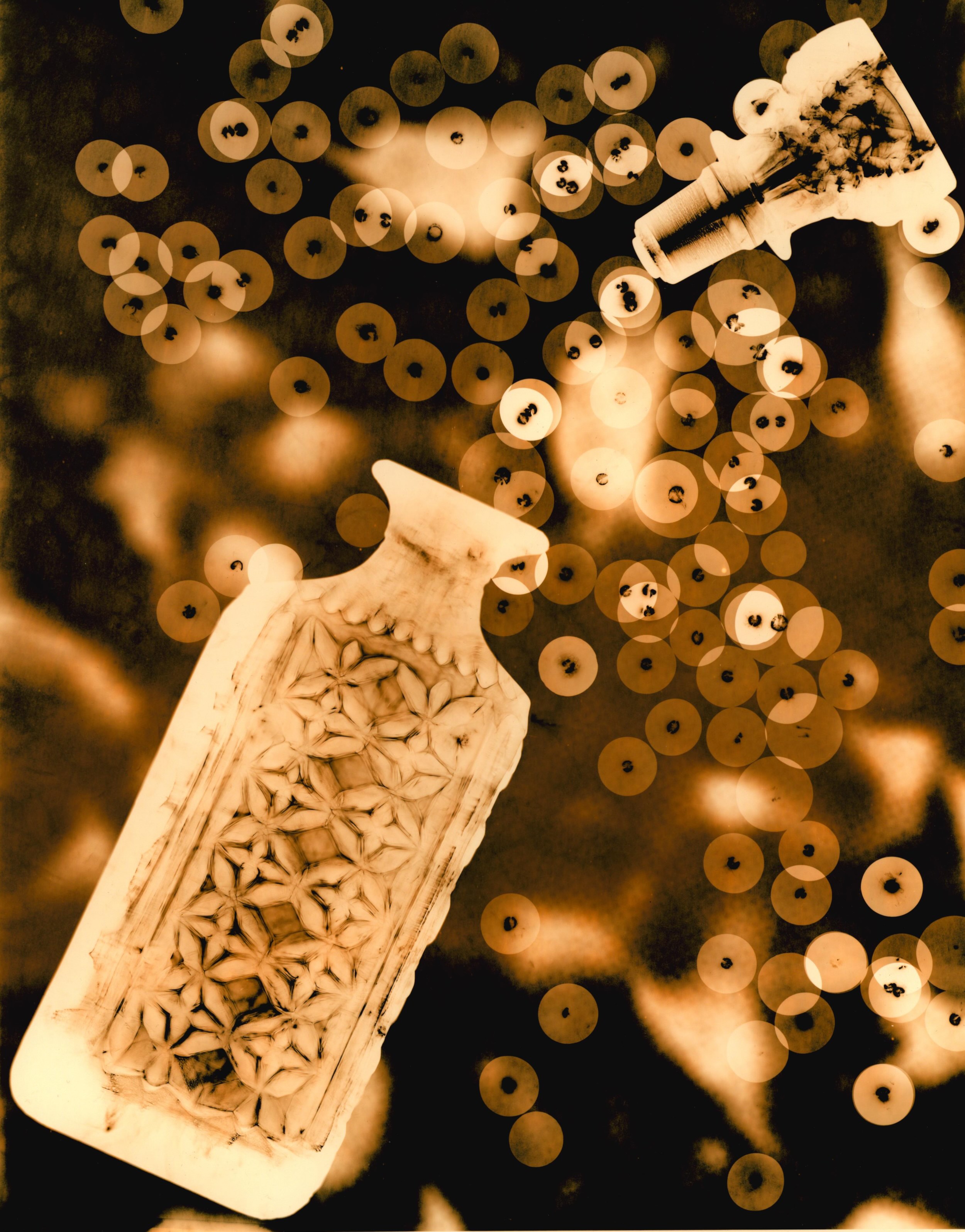
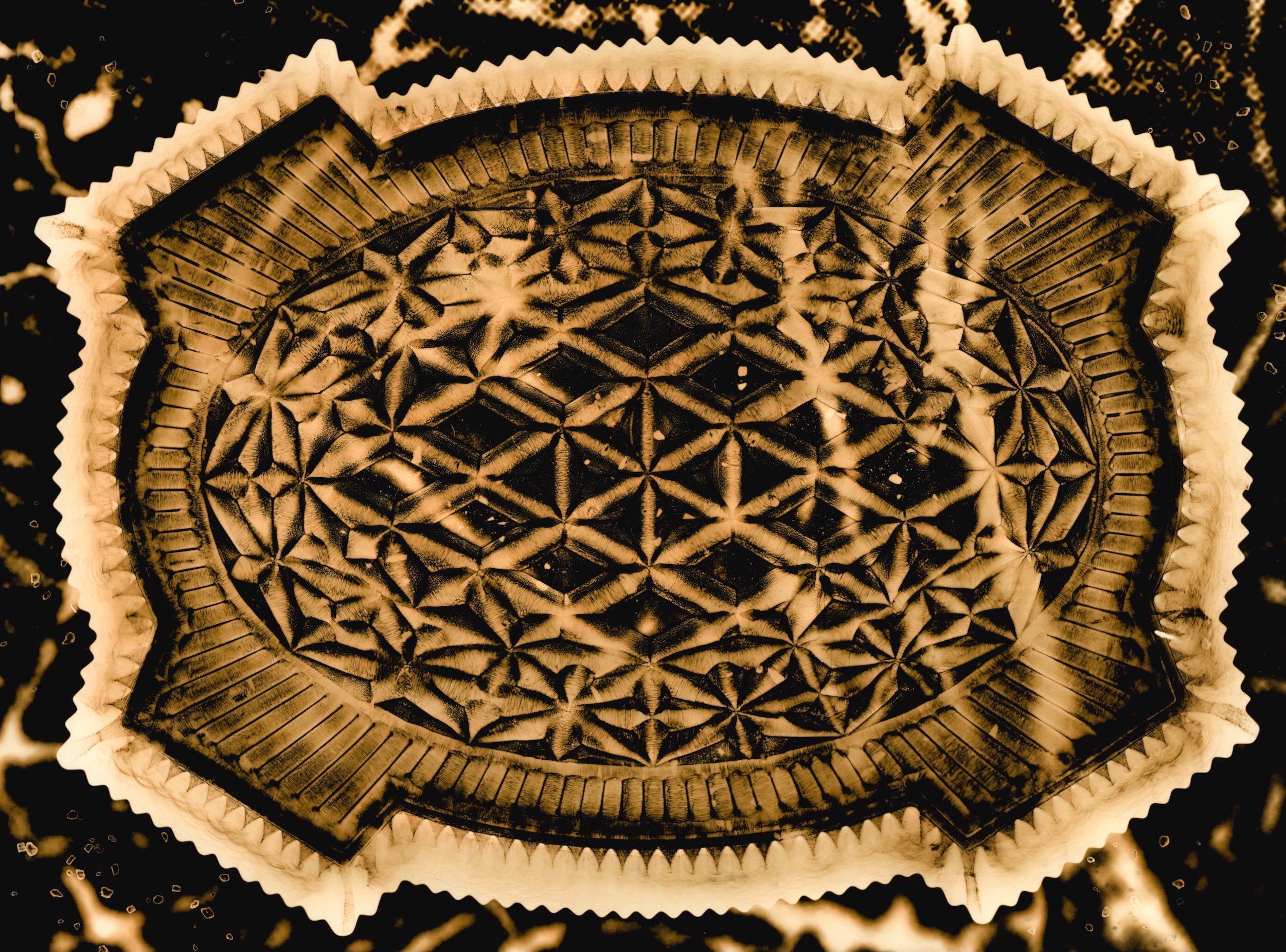
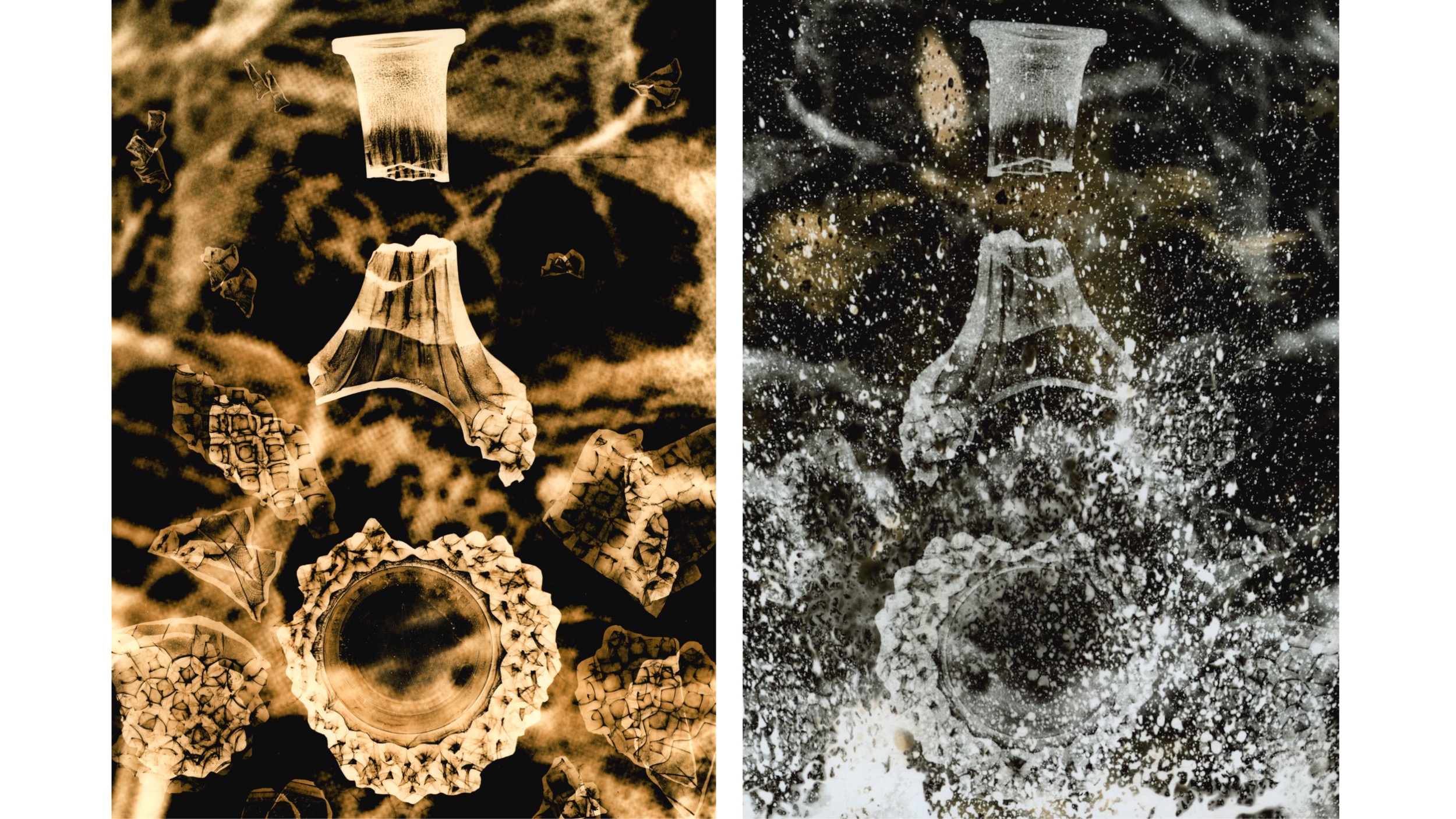
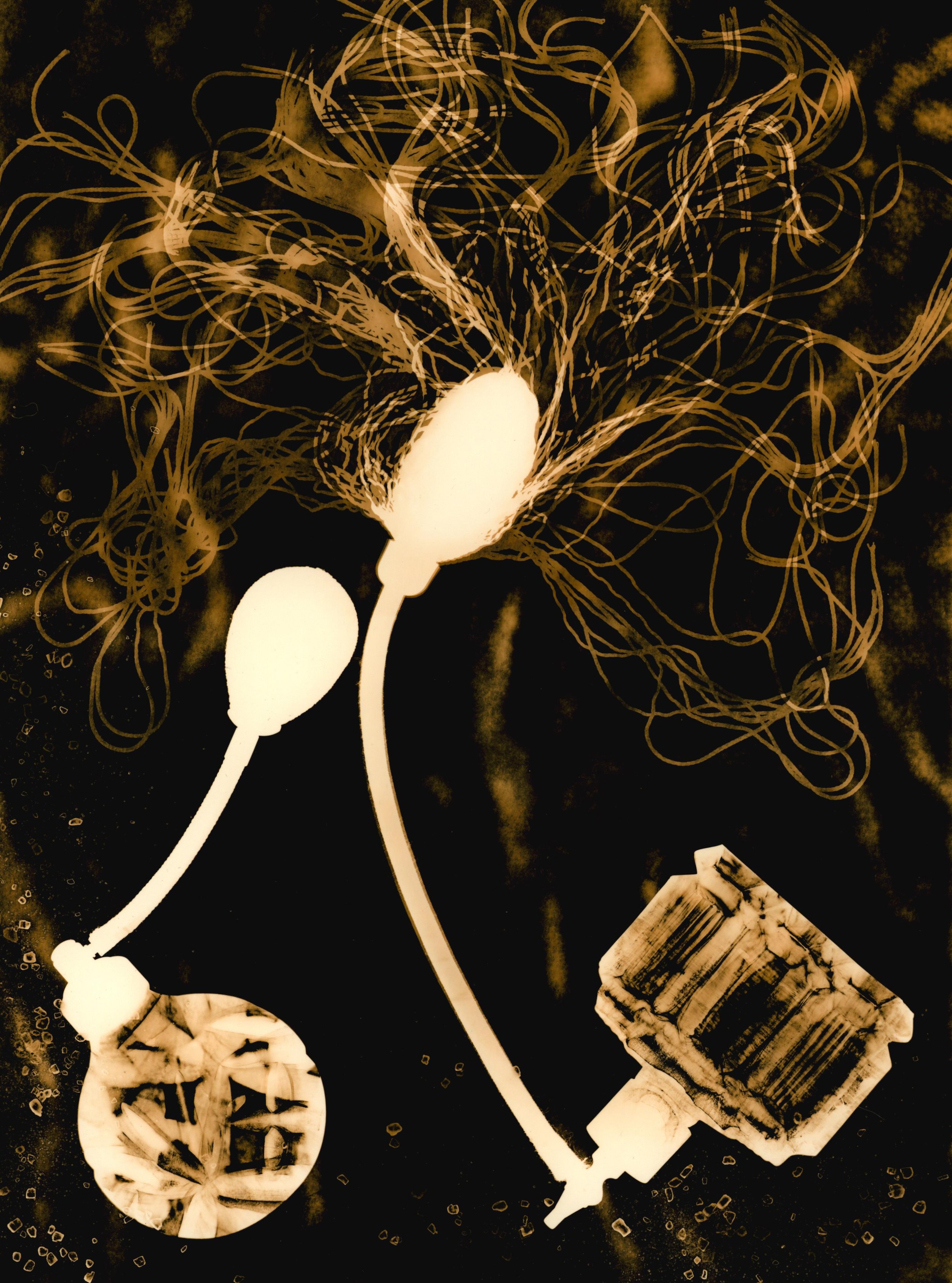
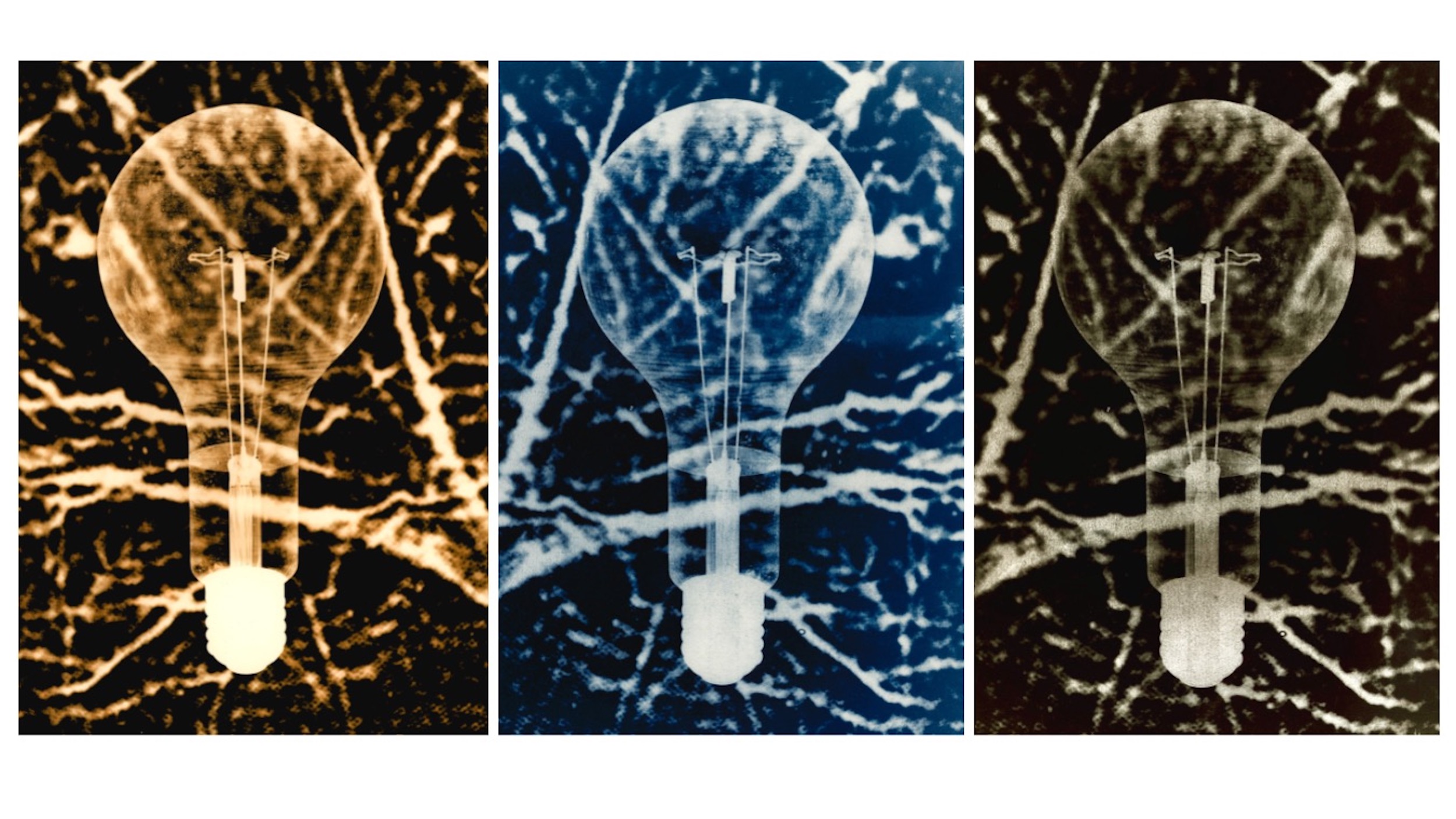
To find out more about Jo’s work, visit her website here.
Join the Shutter Hub community by subscribing to our mailing list for all our photography news and opportunities, direct to your inbox. Got any questions? Email us here.
